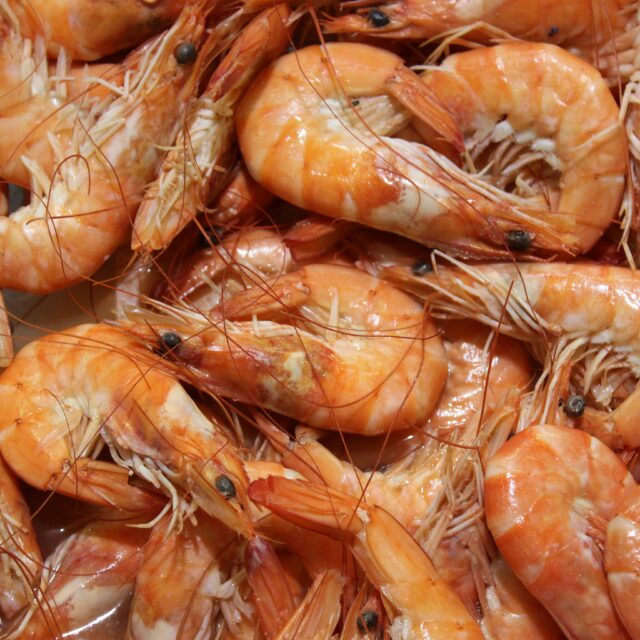Photo by Enrique Ortega Miranda on Unsplash
Belgian experts and Spanish archaeologists have made an unusual discovery in southern Egypt: a still undisturbed tomb containing ten mummified crocodiles.
Archaeologists from the Royal Belgian Institute of Natural Sciences were able to study the mummies.
“An extraordinary find”, says archeozoologist Bea De Cupere of the RBINS in Brussels.
Ancient Egyptians sacrificed crocodiles during rituals to their god Sobek.
In 2019, archaeologists from the University of Jaén uncovered a tomb containing crocodile mummies in Qubbat al-Hawā, a site near the city of Aswan in southern Egypt.
The small rock cut tomb contained five skeletons and five skulls of large crocodiles. It lies next to six other tombs in which dignitaries of the region were buried
They all date from the pre-ptolemaic era, before 304 BC.
The crocodiles may have been used during rituals for the Egyptian god Sobek, the god of water and fertility, often depicted with a crocodile head. Kom Ombo, just 50 kilometres away, was an important centre for crocodile worship.
“More than 20 burial sites with crocodile mummies are known in Egypt, but to find 10 well-preserved crocodile mummies together in an undisturbed tomb is extraordinary,” says Bea De Cupere.
“Of most mummies collected by museums in
the late 19th and early 20th centuries, often hatchlings, we don’t know exactly where they come from.”
The archaeologists at Qubbat al-Hawā found traces of linen, palm leaves and rope, associated with some of the crocodiles, indicating that they had once been wrapped. However, the linen bandages must have rotted away, and the crocodiles weren’t covered with large amounts of pitch or bitumen, which was common in more recent periods.
A happy coincidence, as this allowed the researchers to measure and study these specimens thoroughly.
The smallest crocodile is 1.8 metres long, the largest 3.5 metres. They belong to two different species: the Nile crocodile and the West African crocodile.
Remarkably, three skeletons were almost complete, with the other two missing quite a few parts.




